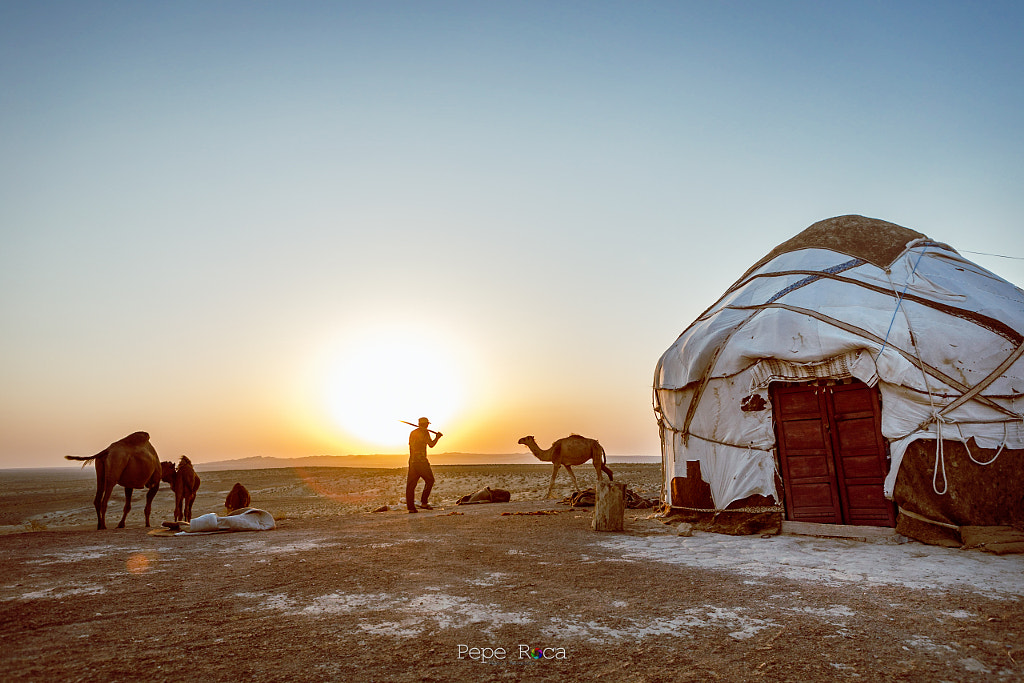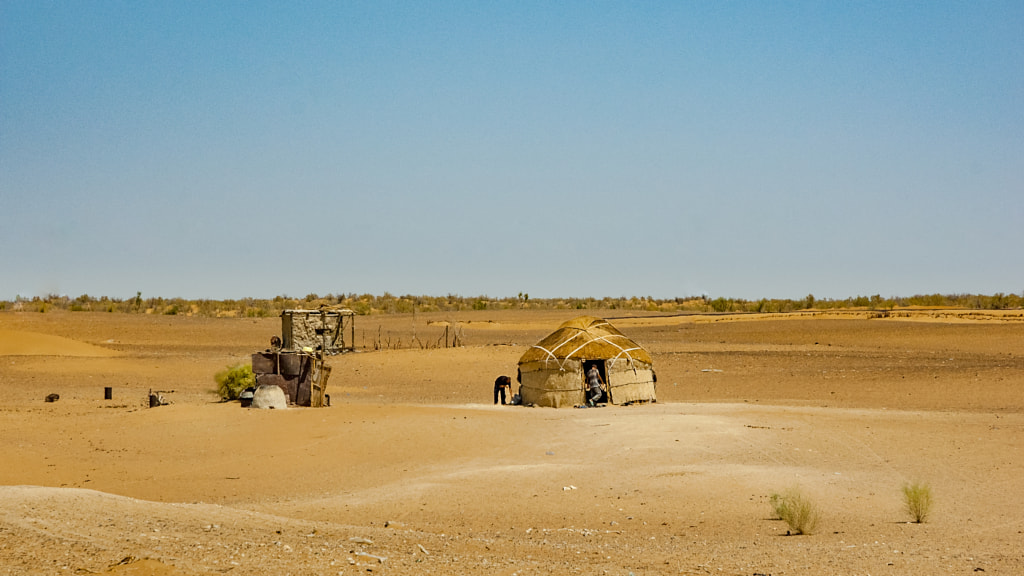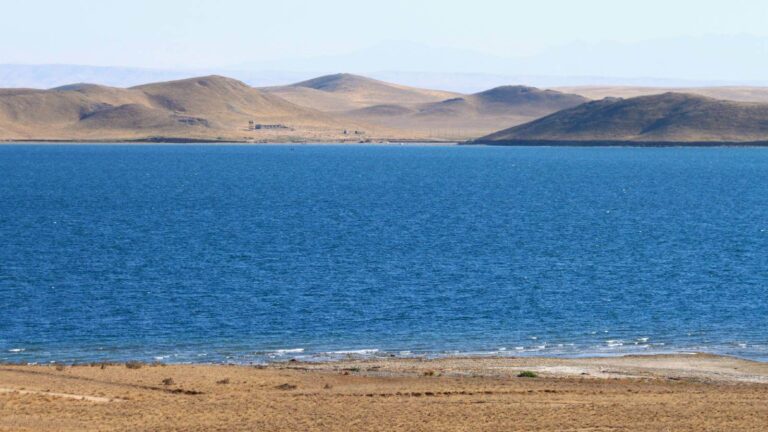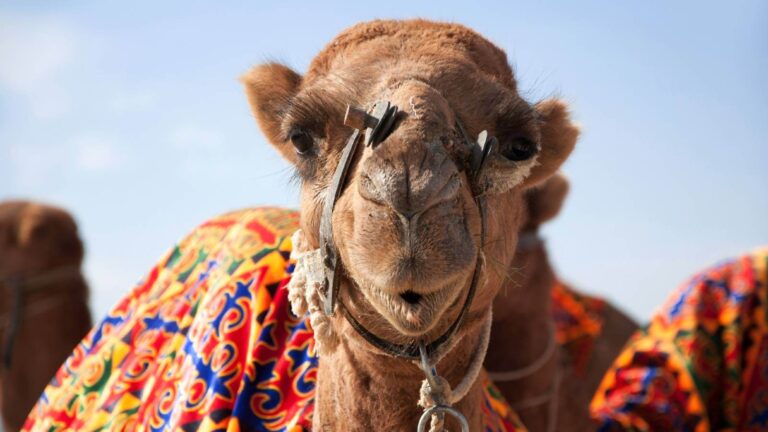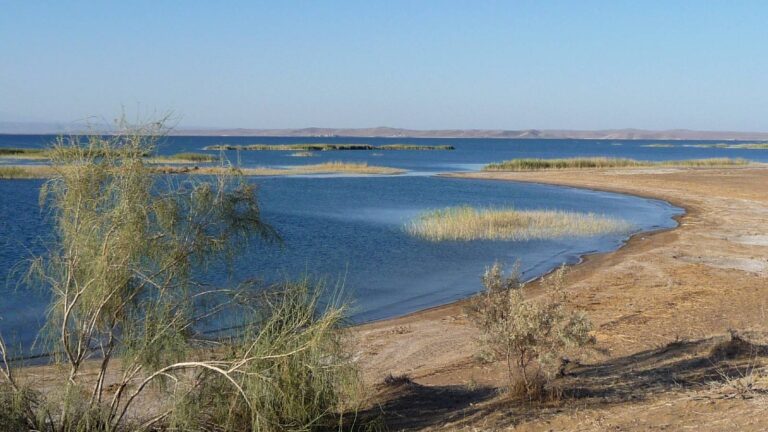Getting There
The Kyzylkum desert and the Nuratau mountains can only be reached by car. Situated halfway between Samarkand and Bukhara, expect a three-hour drive one way.
What to Expect
In the Nuratau Mountains, expect serene village life and a chance to connect with nature. Enjoy hiking trails, visit traditional Uzbek homes, and participate in local activities such as bread-making, silkworm raising and handicraft workshops. Explore ancient petroglyphs, swim in cool mountain streams, and witness traditional rituals.
In the Kyzylkum Desert, the yurt camps offer a unique nomadic experience. Take a camel ride across the vast sand dunes, witness stunning sunsets, and enjoy traditional music and dance performances around a campfire. Immerse yourself in the desert’s tranquility and gaze at the starry night sky.
History
Whether you choose the mountain villages or the desert yurt camps, these experiences offer a unique glimpse into the traditional way of life in Uzbekistan.
For a long time, the Arnasai lowland or, as it was called, the Hungry Steppe, for almost a whole year, was a dried up salt marsh. With the onset of spring, Lake Tuzkan appeared here, which dried up when the intense summer heat set in.
In the early 1960s, a dam was erected in Uzbekistan on the Syrdarya River, the Shardara hydroelectric power station was built and sluices were made. The flood of 1969 turned out to be so strong that the sluices were forced to open, and within a year 60% of all water from the Syr Darya was directed to the Arnasay lowland. Because of this, a new reservoir was formed – Lake Aydarkul.
Since 1969, every time a reservoir near a hydroelectric power plant overflowed the dam, the lake received additional water from the river. Soon it turned into the second largest body of water in Central Asia, second only to the Aral Sea.
Then different types of fish were brought into the artificial lake. Carp, pike perch, asp, bream, catfish, snakeheads and sabrefish have taken root best in the Uzbek reservoir, and today from 760 to 2000 tons of fish are harvested here annually.
Facilities Available
Services available on the territory of Yurt Camps:
- Sights
- Fast food, fish dishes, national dishes
- Souvenir shop
- Market
- Horse and Camel Riding
- Hotels and camping
- Service guide
- Autocross
- Wi-fi, internet
- Beach area
- Sanitary and hygienic points
- Public transport (bus, minibus)
- Taxi
- In addition to quality fish, the kitchens prepare “kumron” and “kimiz”.

